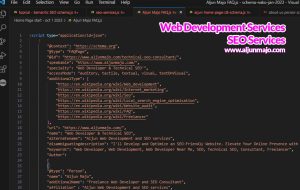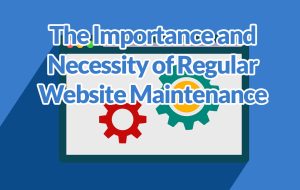8 Proven Tips for Improving the Speed of Your WordPress Website: The Ultimate Guide to WordPress Website Speed Optimization
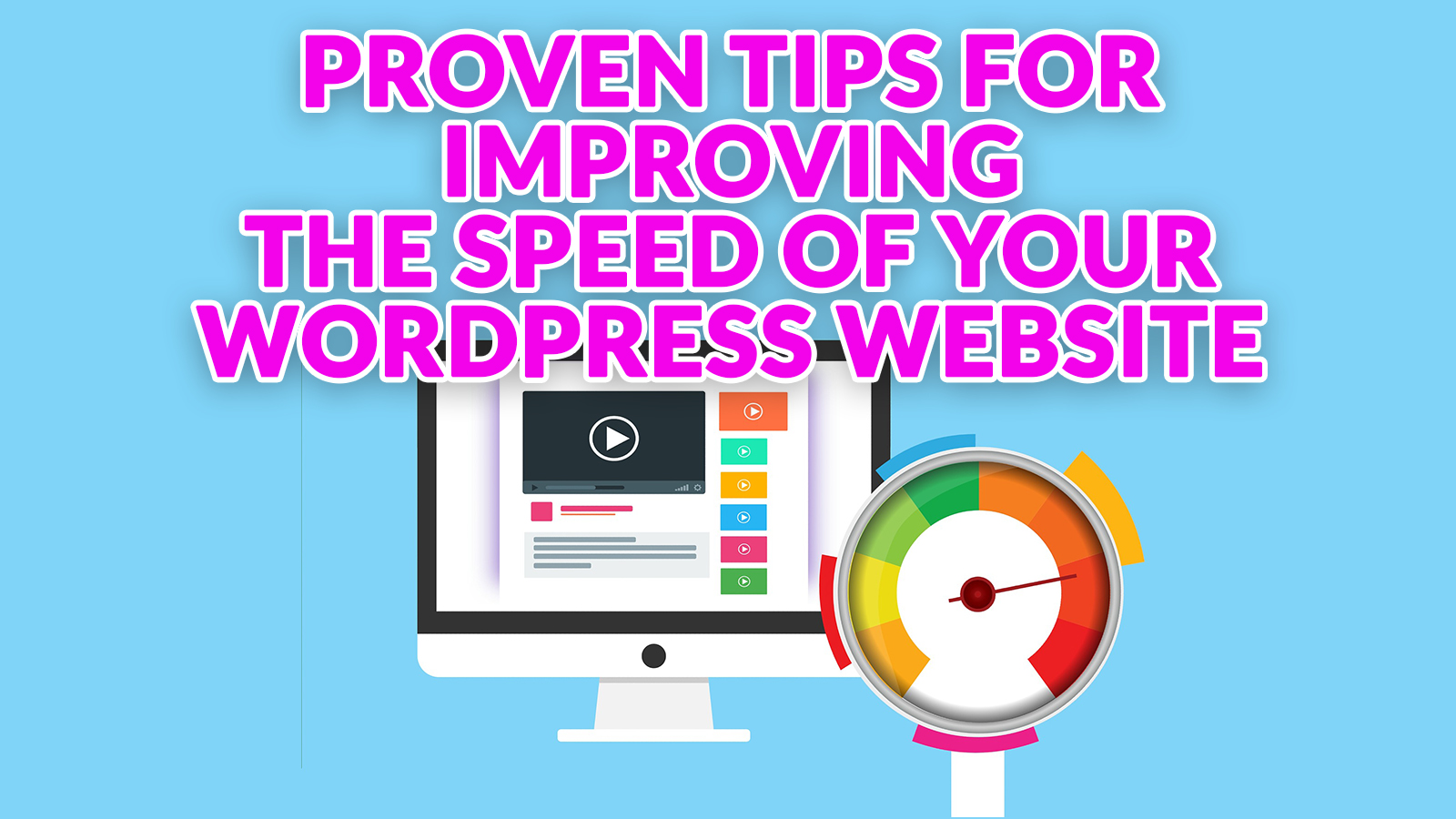
Website speed is a critical factor in the success of any website, and WordPress is no exception. A slow-loading website can lead to high bounce rates, a poor user experience, and a lower search engine ranking. Therefore, it is essential to optimize the speed of your WordPress website.
If you’re unfamiliar with WordPress or non-techy, I recommend reading my other article, WordPress Performance Optimization Made Easy: Tips and Tools for Non-Web developers.
To make things easier, I’ve created a table of contents to help you navigate my Ultimate Guide to WordPress Website Speed Optimization.
Table of Contents
Here are some tips for optimizing the speed of your WordPress website:
1 Use a Fast and Reliable Hosting Provider
Your hosting provider plays a crucial role in the speed of your website. A slow or unreliable hosting provider can significantly impact the speed of your website. Make sure to choose a fast and reliable hosting provider that can provide the resources and support you need to keep your website fast and responsive.
I’d like to share a few of my previously used hosting servers. Namecheap, SiteGround, and Hostinger offer shared hosting, while Cloudways offers dedicated hosting. These are the few I have personally used and found to be simple to set up, secure, reasonably priced, and dependable.
2 Minimize the Use of Plugins
Plugins are one of the most powerful features of WordPress, but they can also slow down your website if not used carefully. Minimize plugins and only use the ones that are essential for your website. If you have many plugins installed, consider disabling or uninstalling the ones you are not using.
Plugins can cause conflicts and slow down your website, so minimizing their use is important for many reasons:
- Plugins can be a security risk, as some can contain malicious code or be vulnerable to exploitation. Also, plugins can cause conflicts with other plugins, themes, and core WordPress files, resulting in errors and slow loading times.
- Plugins can take up valuable resources and memory, further slowing down your website.
- An overabundance of plugins can make it difficult to troubleshoot problems when they arise.
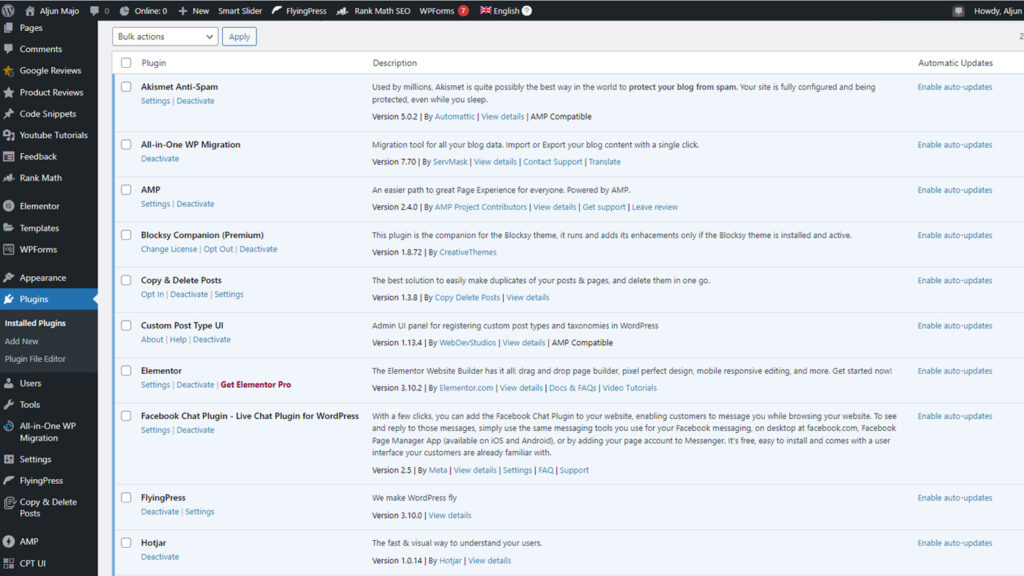
3 Minimize the Use of Redirects
Redirects can significantly impact the speed of your website, especially if you have many of them. Therefore, minimize the use of redirects and only use them when they are necessary.
4 Minimize the Use of External Scripts
External scripts, such as advertisements and social media widgets, can slow down your website by requiring additional HTTP requests. Minimize the use of external scripts and only include the ones that are essential for your website.
5 Use a Content Delivery Network (CDN)
A CDN can help distribute the load on your server and speed up the delivery of your content to visitors, especially if you have many visitors from different regions. A CDN caches your content on multiple servers worldwide so that visitors can access it from the nearest server, reducing the latency and improving the speed of your website.

6 Optimize Images
Large and uncompressed images can significantly impact the speed of your website. Optimize images before uploading them to your website by compressing them and reducing their size. You can use plugins like WebP Express to optimize images as you upload them to your website automatically. WebP Express is a WordPress plugin that allows you to automatically convert images to the WebP format and the converted images are typically less than half the size (for jpeg) while maintaining the same quality. Bear in mind that for most websites, images are responsible for the largest part of the waiting time. Additionally, the plugin can serve WebP images to browsers that support the format while still serving standard JPG or PNG images to browsers that don’t support WebP.
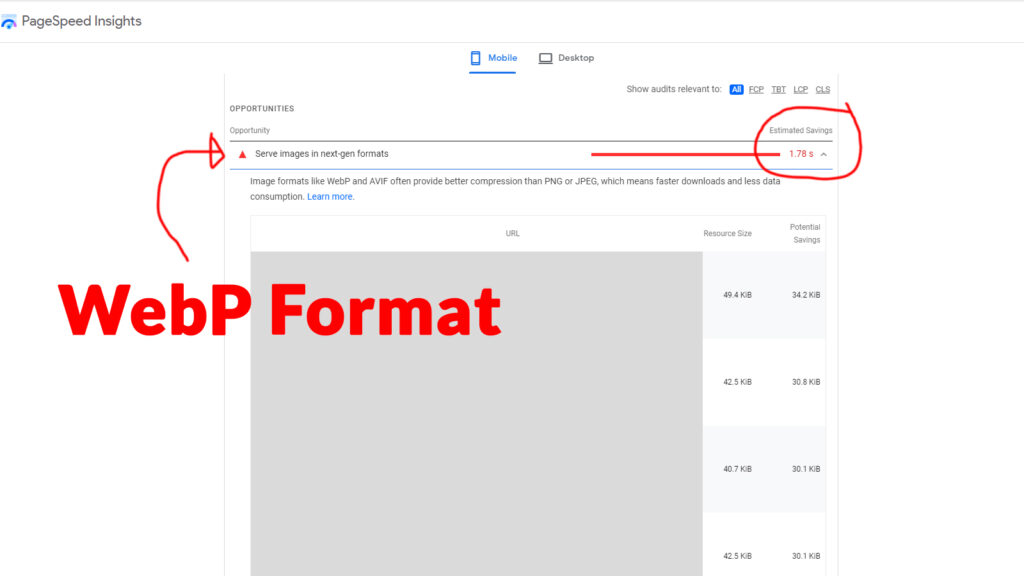
7 Use Lazy Loading
Apply this lazy loading functionality to your website’s images, HTML elements, YouTube iFrames, videos, and more. Lazy loading is a technique that allows you to load elements only when they are visible to the user. WordPress Speed Optimization can significantly improve the speed of your website, especially if you have a lot of photos and videos. To implement lazy loading your website, you can use WordPress plugins or this GitHub vanilla-lazyload repo for lazy loading to implement lazy loading on your website.
8 Use a Caching Plugin
A caching plugin can help to significantly improve the speed of your website by caching and serving static versions of your pages and posts. For example, WordPress Speed Optimization reduces your server load and speeds up your content delivery to visitors. Popular caching plugins include WP Super Cache and W3 Total Cache.
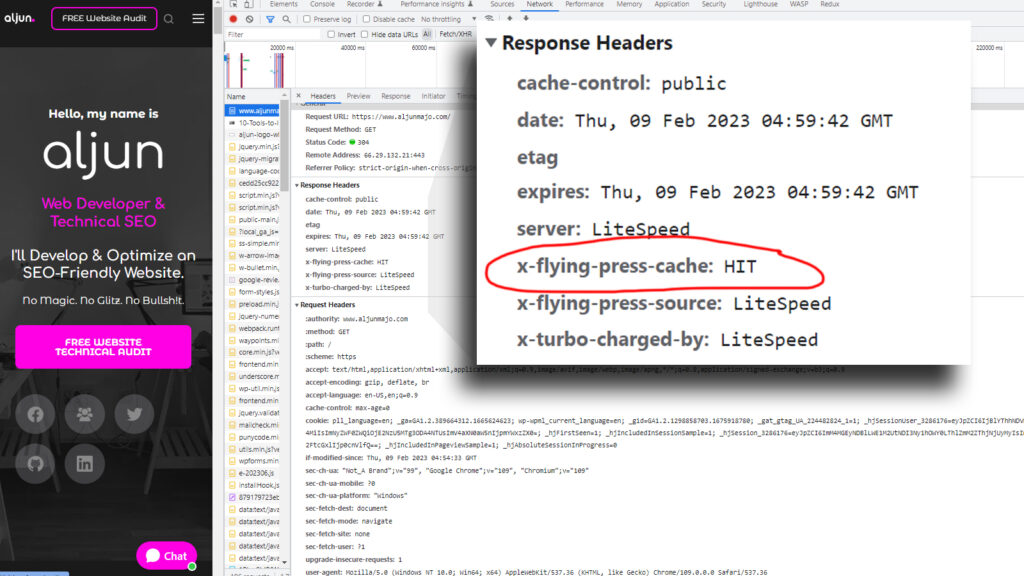
Final Thoughts: WordPress Website Speed Optimization
In conclusion, optimizing your website’s speed is essential for your website’s success. A fast and responsive website can lead to a better user experience, a lower bounce rate, and a higher search engine ranking. By following these WordPress Speed Optimization tips, you can improve the speed of your WordPress website and ensure that your visitors have a positive experience. Make sure to regularly monitor the speed of your website and take action to optimize it if necessary. If you are new to the WordPress website and want to learn more about WordPress and SEO, please see my other article on WordPress SEO tips. If you need help with the above tips, you can hire a web developer from a Freelance Platform website like Freelancer.com, Upwork.com & Fiverr.com to perform the website speed optimization your website requires.

